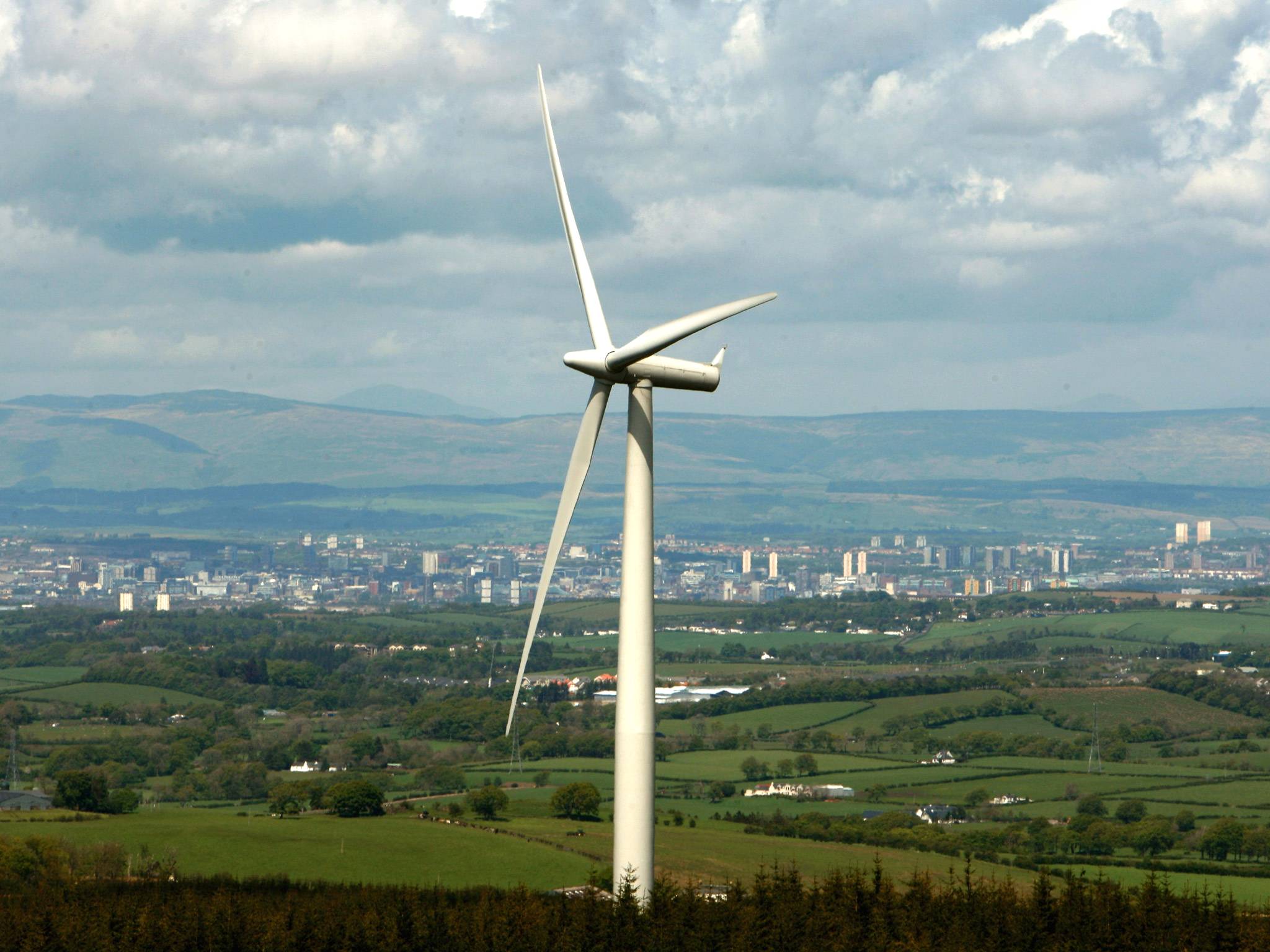Offshore wind energy is cheaper than new nuclear power for first time
Improved infrastructure and higher voltage cables have in recent years sent prices for wind power tumbling

For the first time ever, the cost of generating energy from offshore wind farms in the UK has tumbled below the price that nuclear reactors will charge in future.
Official data published on Monday reveals that offshore wind projects due to generate power in 2021-22 were awarded contracts at £74.75 per megawatt hour, while those set to generate in 2022-23 were awarded contracts for a subsidy of just £57.50.
That’s significantly lower than the £92.50 contracts awarded to France’s EDF in 2012 to build Hinkley Point C, which will be Britain’s first new nuclear plant in over two decades.
“We knew today’s results would be impressive, but these are astounding,” said Hugh McNeal, chief executive officer of RenewableUK, the UK’s renewable energy trade association.
“Record-breaking cost reductions like the ones achieved by offshore wind are unprecedented for large energy infrastructure,” he said.
Bigger turbines and higher voltage cables have in recent years sent prices for wind power tumbling. The new prices are on average 47 per cent lower than they were just over two and half years ago when the last competitive auction results were announced.
Michael Grubb, professor of international energy and climate change policy at University College London, said that the auction results “confirm a new era in UK energy”.
“Wind energy will take the mantle as the UK’s most important and valuable energy resource as our oil and gas depletes, turning the energy world upside down.”
One of the winners of the latest auction was Danish utility Dong Energy, with an offer of £57.50 per megawatt-hour for power from its Hornsea Project Two offshore wind farm.
“This is a breakthrough moment for offshore wind in the UK and a massive step forward for the industry. Not only will Hornsea Project Two provide low cost, clean energy to the UK, it will also deliver high quality jobs and another huge boost to the UK supply chain,” Matthew Wright, managing director for Dong Energy in the UK, said in a statement.
“Successive governments deserve great credit for providing the certainty for continued investment in offshore wind, enabling it to become the thriving renewable industry it is today,” he said.
Mr Wright said that – as a result of rapidly falling costs – “long-term and highly-skilled jobs are being created across the north of England”. The UK supply chain, he added, “is going from strength to strength”.
“We’re now really seeing the benefits of this commitment to offshore wind and there is still so much more to come. Indeed, it has the potential to play a key part in the realisation of the UK’s industrial strategy.”
Earlier this year, Dong won two German offshore wind power tenders with the promise of a zero subsidy bid. UK and German subsidies can’t be compared directly, though, because the German ones don’t include transmission costs. Those account for around 25 per cent of the total cost of a project in the UK.
Some analysts on Monday pointed out that, due to the intermittent nature of wind power, nuclear power would still be needed across the UK in future, even if the balance continues to shift.
“One technology alone can’t solve the UK’s power challenge,” Tom Greatrex, chief executive of the Nuclear Industry Association, said in a statement ahead of the release of the latest auction results.
“The amount of power we will need as road vehicles shift from petrol and diesel to clean electricity will increase. We need new infrastructure to meet that pressing need,” he said.
The 11 renewable energy projects that won contracts in the latest auction are expected to deliver up to 3 gigawatts of new electricity generation capacity from 2021 to 2023, the bulk of which will come from three large offshore wind projects.
“Today’s announcement shows that the trajectory of cheaper renewable technologies is irreversible,” said Peter Kiernan, lead energy analyst at the Economist Intelligence Unit.
Additional reporting by news wires
Subscribe to Independent Premium to bookmark this article
Want to bookmark your favourite articles and stories to read or reference later? Start your Independent Premium subscription today.

Join our commenting forum
Join thought-provoking conversations, follow other Independent readers and see their replies